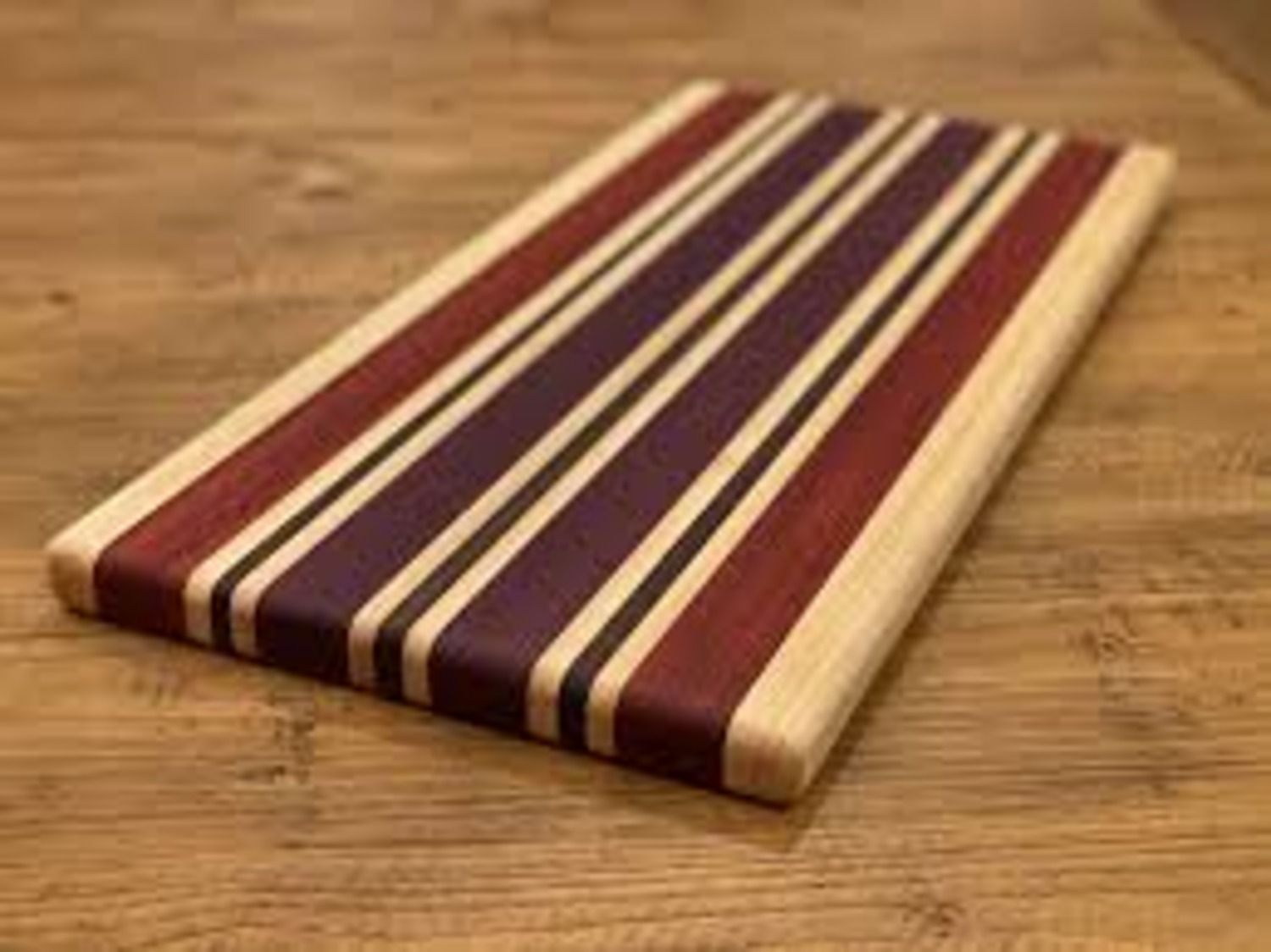Exotic cutting techniques are a fascinating aspect of culinary arts, transforming ordinary ingredients into extraordinary dishes through precision, creativity, and skill. These techniques not only enhance the presentation but also impact the texture and flavor of the final dish. From intricate garnishes to innovative preparations, exotic cutting is a testament to the artistry and science of cooking. This article explores the world of exotic cutting, highlighting its significance, methods, and the impact on contemporary cuisine.
The Art of Exotic Cutting
Exotic cutting refers to the use of unique, often elaborate cutting techniques to achieve specific textures, shapes, and presentation styles in food preparation. These techniques are often rooted in cultural traditions but have evolved over time to adapt to modern culinary practices. Exotic cutting can elevate a dish from a simple meal to a visually stunning and gastronomically delightful experience.
Historical Background
The practice of exotic cutting has deep historical roots. In many cultures, especially in Asia and the Middle East, the art of food presentation has been a critical aspect of culinary tradition. In these cultures, intricate cutting techniques are used not only to enhance the aesthetic appeal of dishes but also to signify the cook’s skill and respect for the ingredients.
In ancient China, for example, elaborate vegetable carvings were used in ceremonial dishes and banquets, showcasing the skill and artistry of the chef. Similarly, in Japan, the precision of knife skills is an integral part of sushi preparation, where each cut is executed with exacting precision to achieve the perfect texture and presentation.
Modern Evolution
In contemporary cuisine, exotic cutting techniques have expanded beyond traditional boundaries. Chefs around the world are experimenting with new methods, incorporating elements from various culinary traditions to create innovative dishes. The rise of molecular gastronomy and modernist cuisine has further pushed the limits of what is possible with exotic cutting, blending scientific principles with artistic expression.
Common Exotic Cutting Techniques
- Julienne: This technique involves cutting vegetables into thin, matchstick-like strips. It is commonly used for creating uniform pieces that cook evenly. While julienne is a classic technique, it can be used in exotic ways, such as combining different vegetables for a colorful salad or stir-fry.
- Mirepoix: Traditionally used in French cuisine, mirepoix involves chopping vegetables into small, uniform pieces to create a flavor base for soups, stews, and sauces. Exotic variations of mirepoix may include unusual vegetable combinations or unique seasoning blends.
- Chiffonade: This technique involves stacking, rolling, and slicing leafy greens or herbs into thin ribbons. Chiffonade is often used for garnishing or adding a delicate texture to dishes. Exotic applications might include using rare herbs or edible flowers for a visually stunning effect.
- Carving: Carving is a more elaborate technique often used for fruits and vegetables. Techniques such as creating intricate designs on watermelons or pumpkins are popular in many cultures, especially during festivals or special occasions.
- Brunoise: This is a technique for cutting vegetables into very small, uniform cubes. It is often used in haute cuisine to create delicate, evenly textured dishes. Exotic variations may involve using unusual vegetables or incorporating brunoise into complex plating designs.
- Dicing: Dicing involves cutting food into small, uniform cubes. This technique is essential for consistency in dishes such as soups, salads, and sauces. Exotic cutting styles might include using rare or specialty ingredients for added texture and flavor.
- Ribbons: Creating thin, ribbon-like slices of vegetables or fruits is a technique used for both visual appeal and texture. Spiralizers and mandolins are often used to achieve this effect. Exotic uses of ribbons might involve combining different colors and textures to create visually striking dishes.
The Impact of Exotic Cutting on Culinary Arts
Exotic cutting techniques have a profound impact on the culinary arts, influencing both the preparation and presentation of dishes. Here’s how these techniques contribute to the overall dining experience:
1. Enhanced Presentation
One of the most immediate impacts of exotic cutting is on the visual appeal of a dish. Intricate cuts and designs can transform a simple ingredient into a work of art, making the dish more enticing and memorable. This aspect is particularly important in high-end dining establishments, where presentation is as crucial as flavor.
2. Improved Texture
Exotic cutting techniques can also affect the texture of ingredients. For example, julienne cuts can create a crisp, uniform texture, while chiffonade adds a delicate, airy quality. The way food is cut can influence its mouthfeel, which is a key element in the overall dining experience.
3. Flavor Enhancement
The way ingredients are cut can impact their flavor release and absorption. For instance, finely diced vegetables may blend more seamlessly into a sauce, while julienned vegetables retain their distinct flavors in a stir-fry. Exotic cutting techniques allow chefs to manipulate flavor profiles and create complex, balanced dishes.
4. Cultural Significance
Exotic cutting techniques often carry cultural significance, reflecting the traditions and values of different cuisines. By incorporating these techniques, chefs can honor and preserve culinary heritage while introducing these elements to a broader audience. This cultural exchange enriches the global culinary landscape.
Challenges and Considerations
While C techniques offer numerous benefits, they also come with challenges. Precision and skill are required to execute these techniques effectively, and the learning curve can be steep. Additionally, some techniques may require specialized tools or equipment, which can be costly.
Moreover, the emphasis on presentation may sometimes overshadow the importance of flavor and nutrition. It’s essential for chefs to strike a balance between visual appeal and culinary excellence, ensuring that the final dish is both beautiful and delicious.
Conclusion
Exotic cutting is a captivating aspect of culinary arts that combines skill, creativity, and cultural heritage. From the delicate ribbons of chiffonade to the intricate carvings of fruits and vegetables, these techniques elevate the culinary experience by enhancing presentation, texture, and flavor. As chefs continue to explore and innovate, exotic cutting will undoubtedly remain a vital and evolving element of the culinary world, bringing artistry and precision to every plate.










